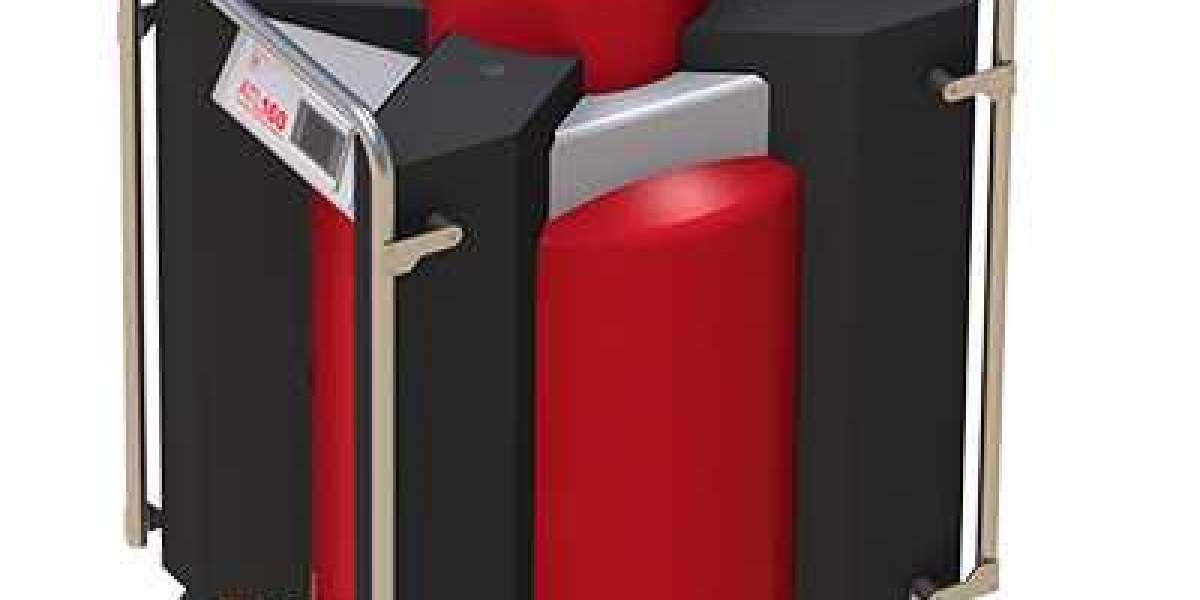Ceramic foam filter Greece Aluminum is used to filter molten aluminum before casting. The filtration process removes particles that can lead to poor end products.
Ceramic Foam Filter Greece Aluminum for aluminum castings consists of an open-cell flexible foam material, preferably hydrophobic, with a plurality of interconnected voids surrounded by a mesh of flexible foam material.
Typical materials that can be used include polymer foams such as polyurethane foam and cellulose foam.
Generally speaking, any combustible organic foam can be used as long as it has elasticity and the ability to restore its original shape. The foam must be burned or volatilized below the firing temperature of the ceramic material used.
When using a ceramic foam filters, install a ceramic disc filter in the CFF filter box. Molten aluminum is poured into the filter housing through a ceramic foam filter, which traps fine particles in the molten metal. After the casting operation is completed, the aluminum slag remaining in the ceramic filter forms a nearly solid aluminum block.
The ceramic foam filter can remove a large number of such inclusions from the molten aluminum. Foam ceramic filtration technology has become the world’s leading commercial aluminum alloy filtration method. Due to its low installation and operating costs and ease of use, the technology quickly spread to aluminum foundries of various types and levels of complexity.
Per molti anni, i fornitori di filtri in schiuma di ceramica 6063 di scarto di alluminio a Coimbatore hanno fornito alle fonderie di alluminio fuso una maggiore pulizia del fuso, che è un requisito per il miglioramento continuo della qualiodot.
Ad esempio, nell’applicazione dei pannelli del corpo delle lattine in alluminio, i filtri in schiuma da 40 e 50 fori per pollice (PPI) sono ora comunemente usati nella produzione di lastre.
Inoltre, è attualmente in corso la valutazione di filtri a pori più fini.
Tuttavia, l’uso di filtri a pori più fini richiede molto pretrattamento per ridurre il contenuto di inclusioni ed evitare che il filtro si ostruisca prematuramente o si blocchi da inclusioni residue.
La presenza di particelle solide come ossidi, carburi, nitruri e composti di borace nei metalli (come l’alluminio) e inclusioni insolubili nei liquidi (come i sali fusi) influenzerà significativamente la plasticità durante la laminazione o l’estrusionelo finale. qualità.








